Stop Eating These 12 "Healthy" Foods and Lose 25 Pounds
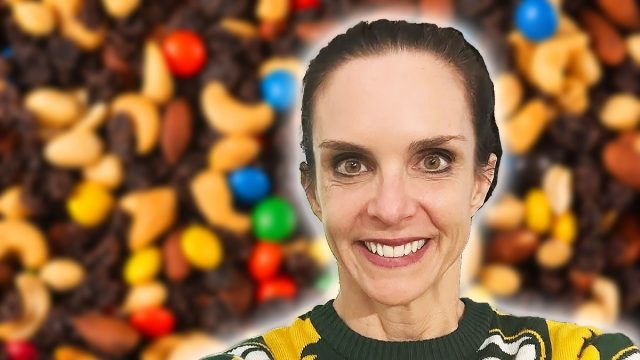
Are you eating lots of healthy food, but can't seem to lose weight? Many foods you think are healthy, and even grew up eating, actually aren't. Tara Collingwood, MS, RDN, CSSD, LD/N, ACSM-CPT, also known as The Diet Diva, is Body Network's Resident Registered Dietitian Nutritionist. She is a Board-Certified Sports Dietitian and co-author of Flat Belly Cookbook for Dummies. She recently revealed to us the 12 "healthy" foods that keep people from losing weight, because they aren't good for you. Here they are:
Granola & Granola Bars
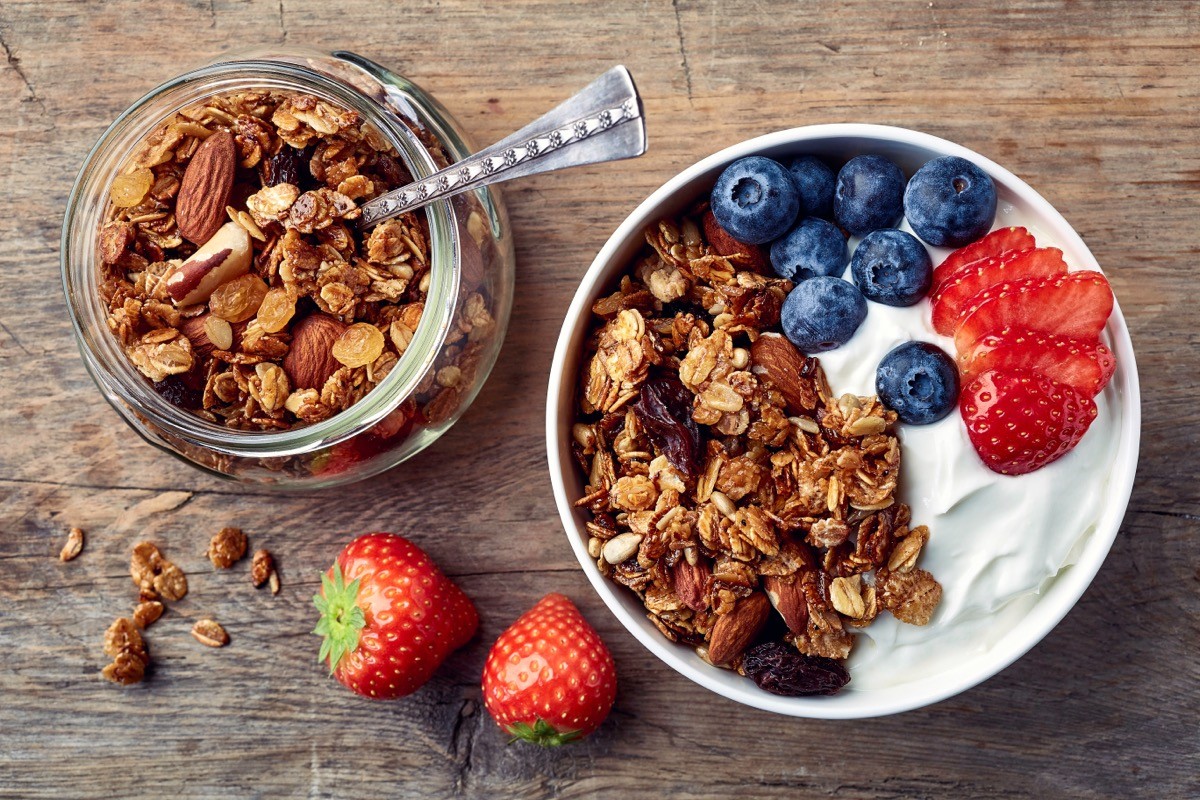
We grew up believing that granola was a health food. However, it isn't. "Often loaded with added sugars and oils," says Collingwood. "Some bars are basically candy in disguise. Granola is like crumbled cookies!"
Flavored Yogurt
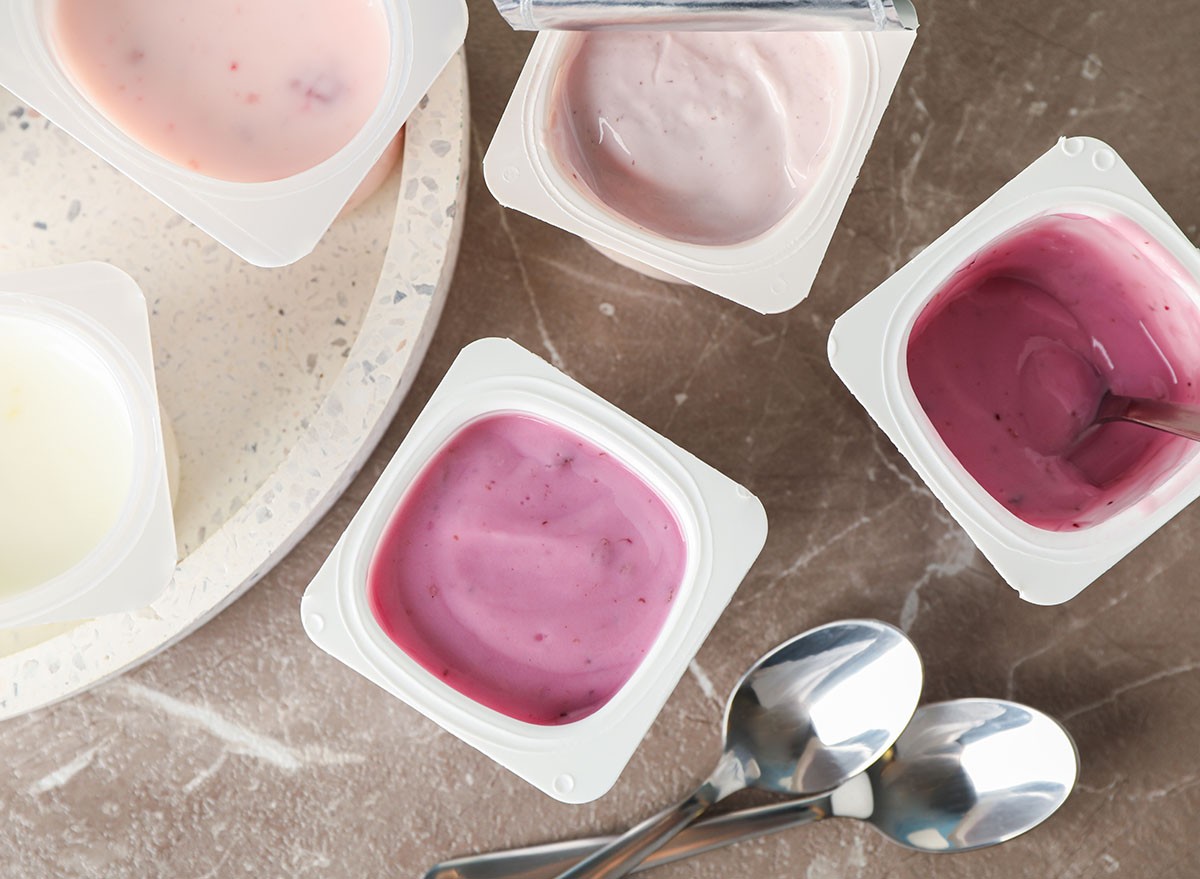
You will hear many health experts recommend Greek yogurt for weight loss. However, this doesn't include flavored types. "Even low-fat versions can have a ton of added sugar. Plain Greek yogurt is usually a better option," says Collingwood.
Veggie Chips
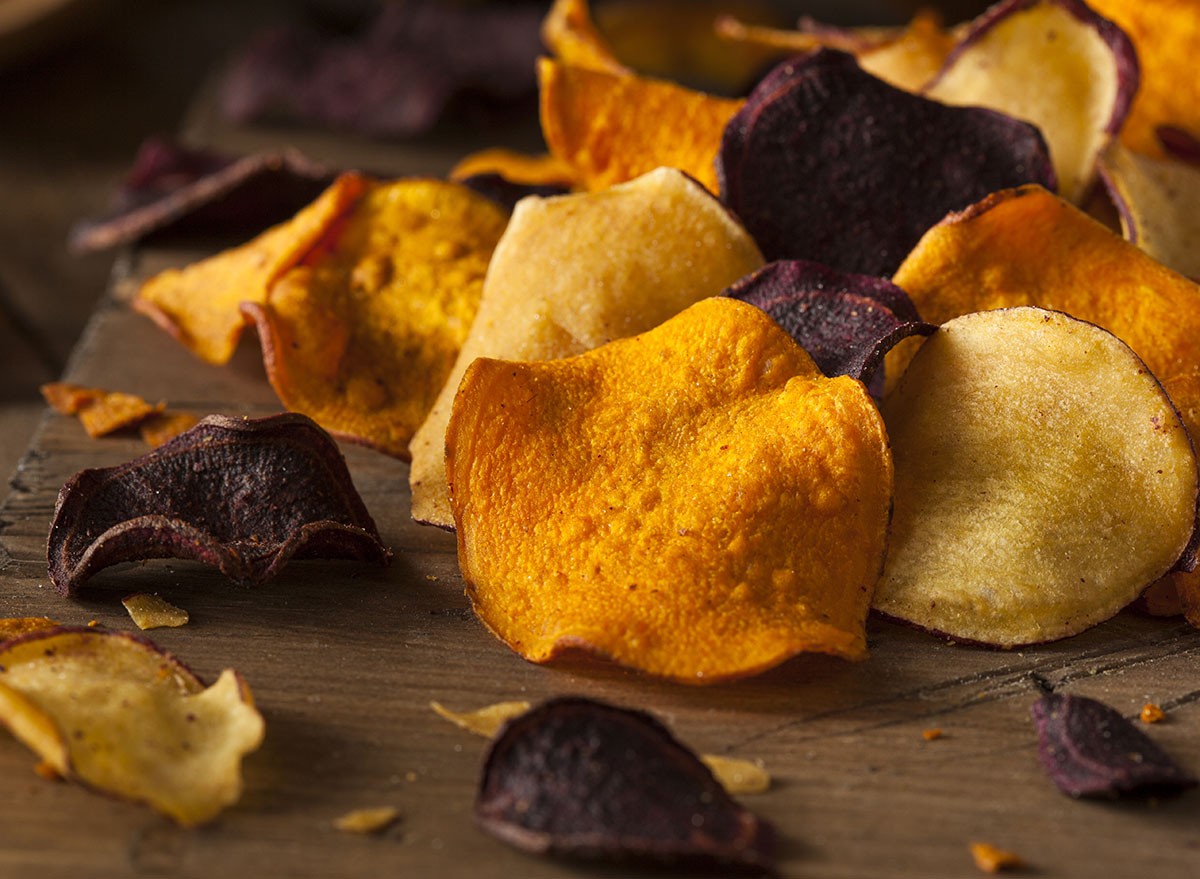
Veggie chips are just ground-up veggies in chip form, right? Nope. "These are usually made from potato starch with a sprinkle of vegetable powder—not much better than regular chips," says Collingwood.
Smoothies
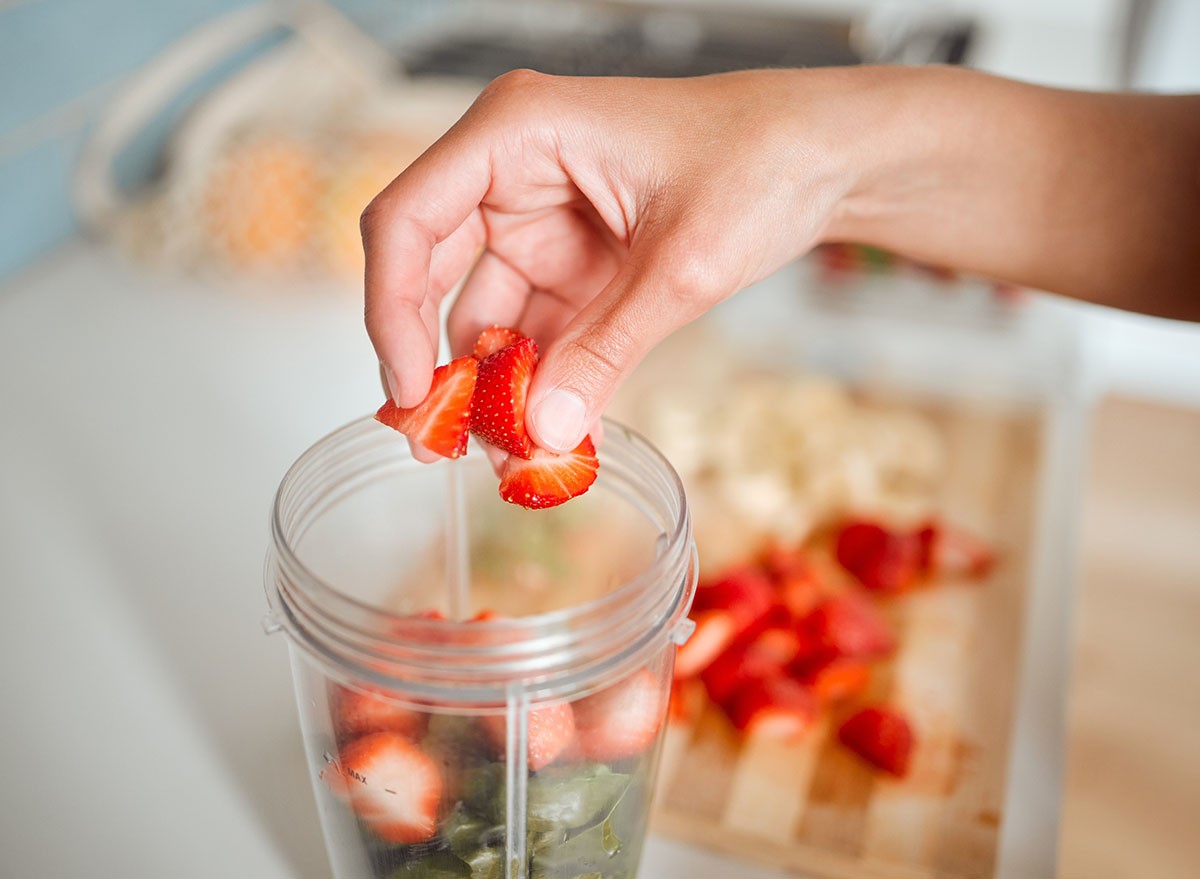
Smoothies are good for you, right? Stay away from store-bought options, says Collingwood. "They seem healthy, but many are packed with fruit juice, sugar, and even ice cream. Homemade smoothies with whole fruit and protein powder are better," she says.n
Deli Salads
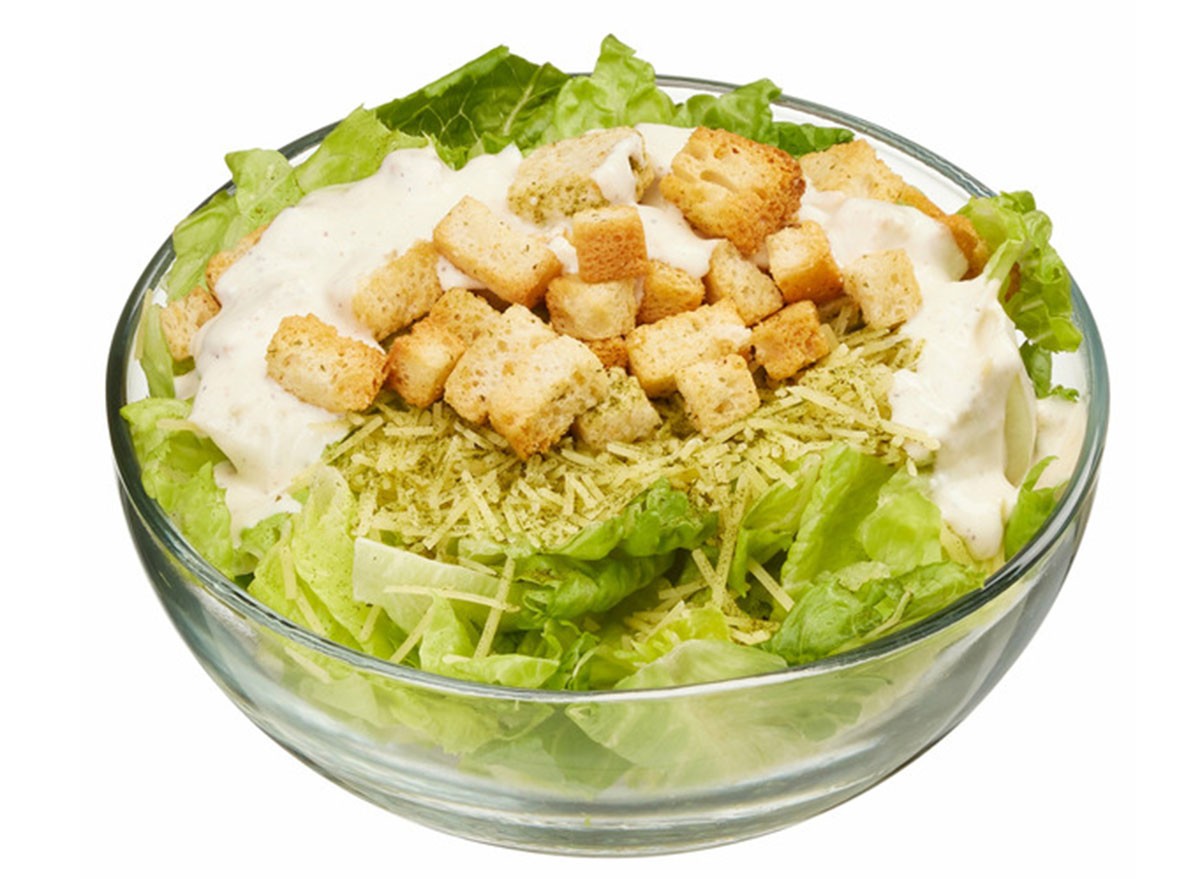
While making your salad is a great, healthy meal idea, stay away from fast food and deli salads. "Watch the dressings, cheese, and croutons—some can be over 1,000 calories and full of saturated fat," Collingwood.
"Multigrain" Bread

Multigrain bread often isn't, Collingwood notes. "Sounds good, but unless it's 100% whole grain, it might just be white bread with food coloring and a few seeds."
Dried Fruit
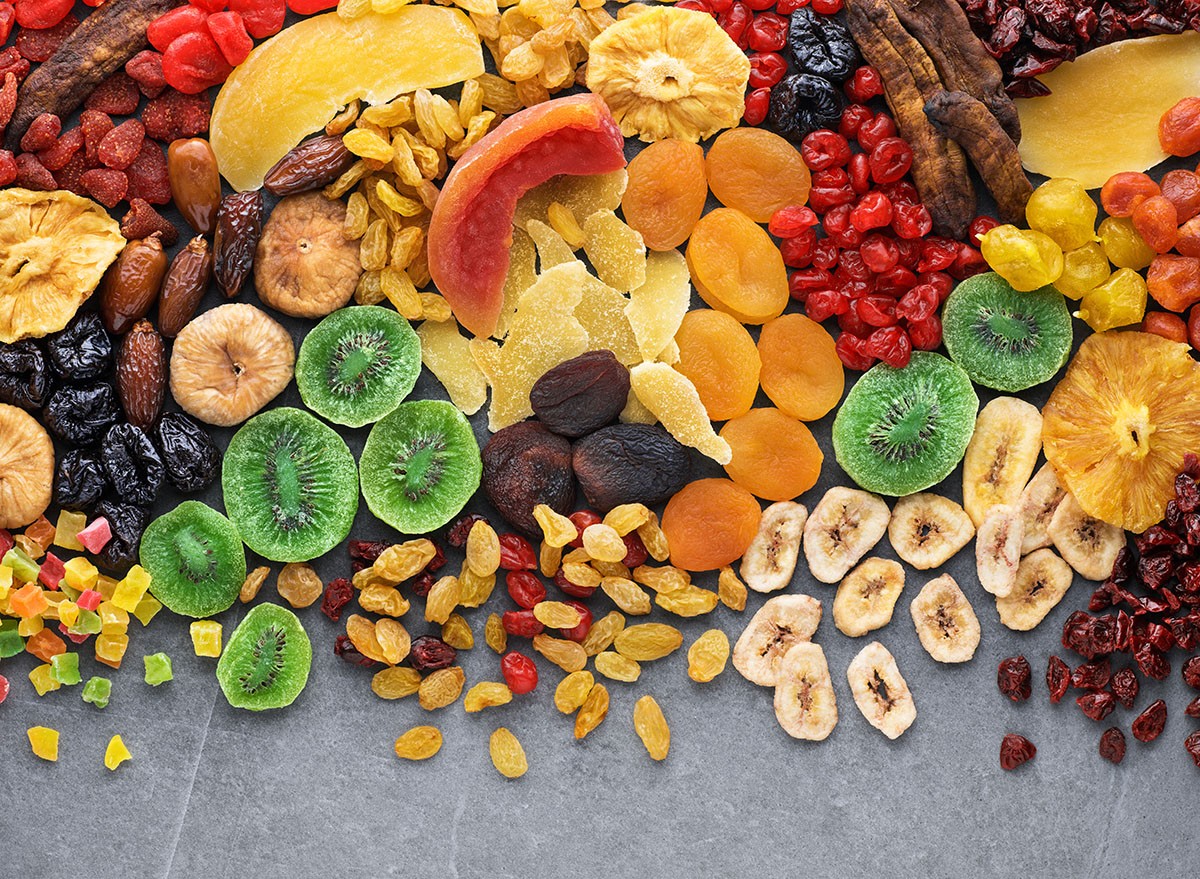
Dried fruit is tempting and seems harmless. However, Collingwood maintains that a lot of options – even those sold at Trader Joe's and other health food stores – are "super dense" in natural and added sugar. "It's easy to overeat and spike your blood sugar," she says.
Coconut Oil
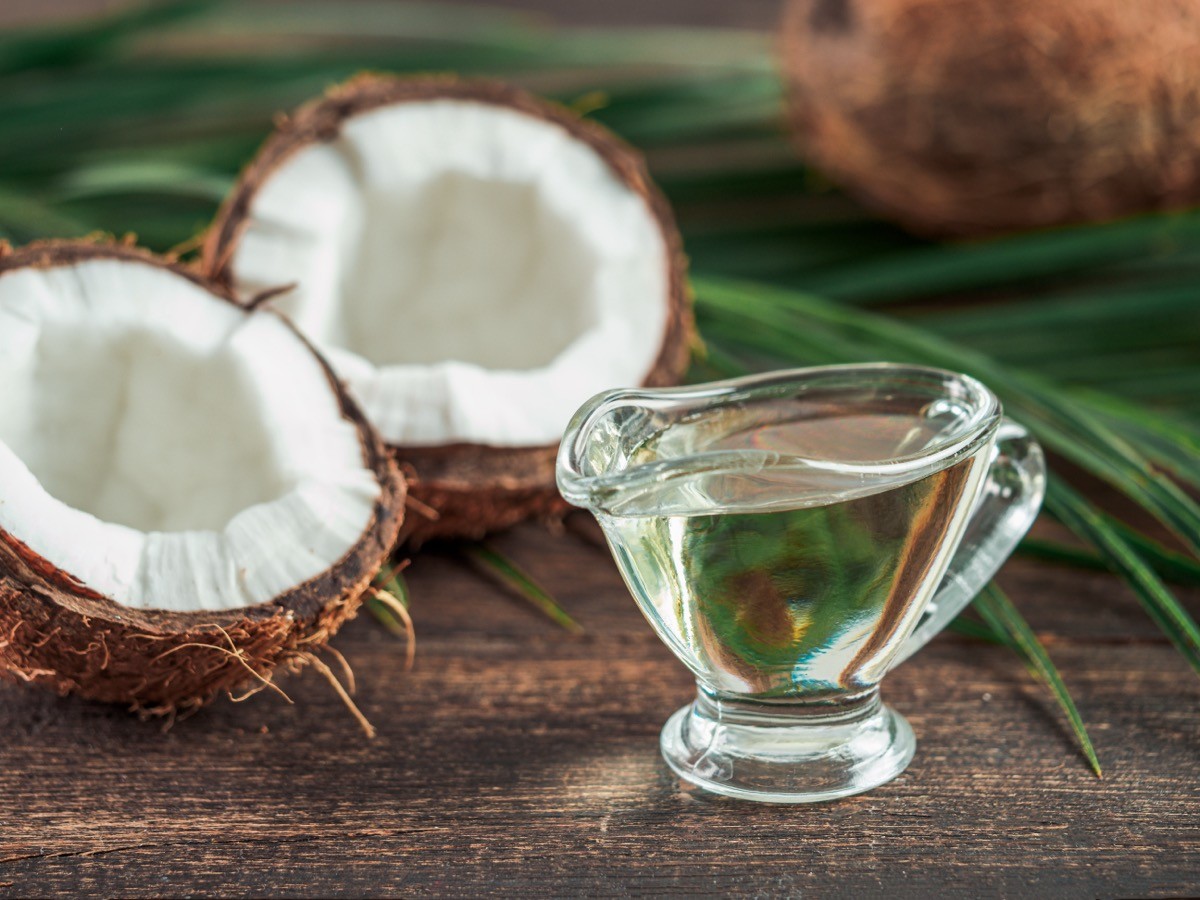
Coconut oil was all the rage a few years back, but it's not going to help you lose weight. "Touted as healthy, but it's still high in saturated fat and very calorie-dense," Collingwood says.
Fruit Juices
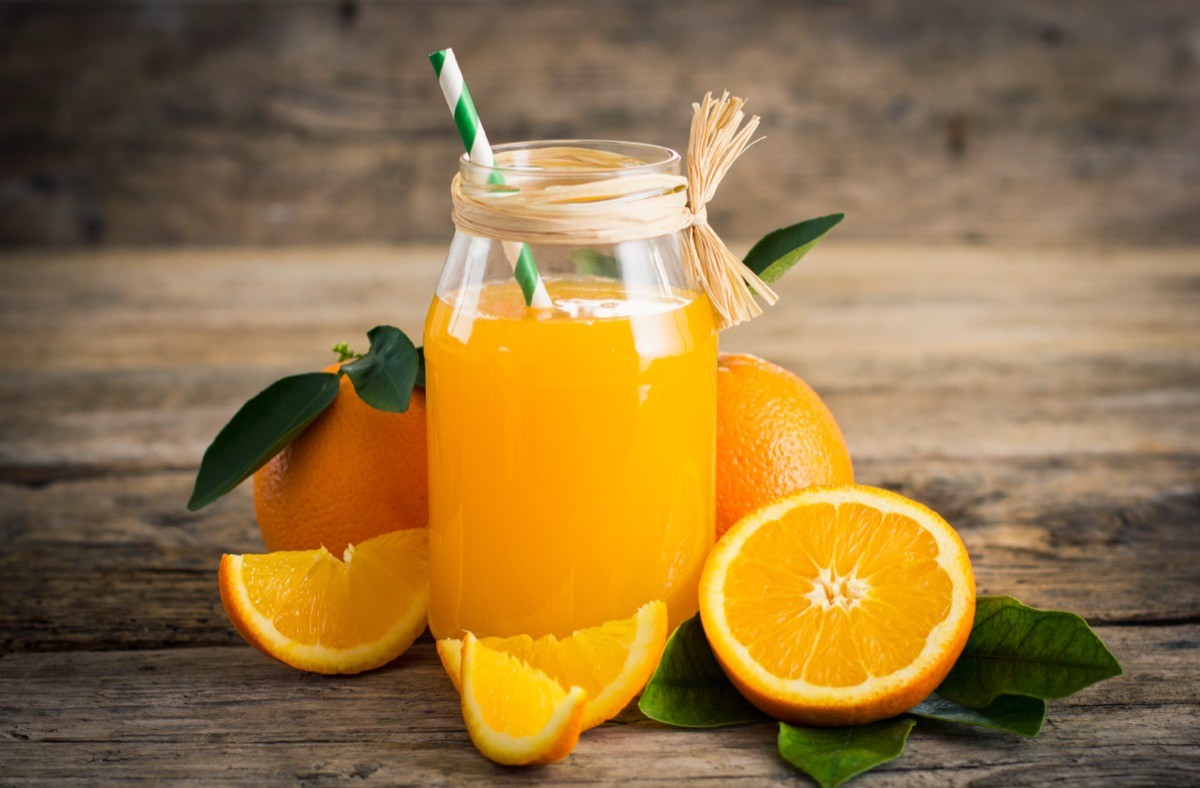
"Even 100% juice lacks fiber and is basically concentrated sugar. Whole fruits are better," says Collingwood.
Frozen Yogurt
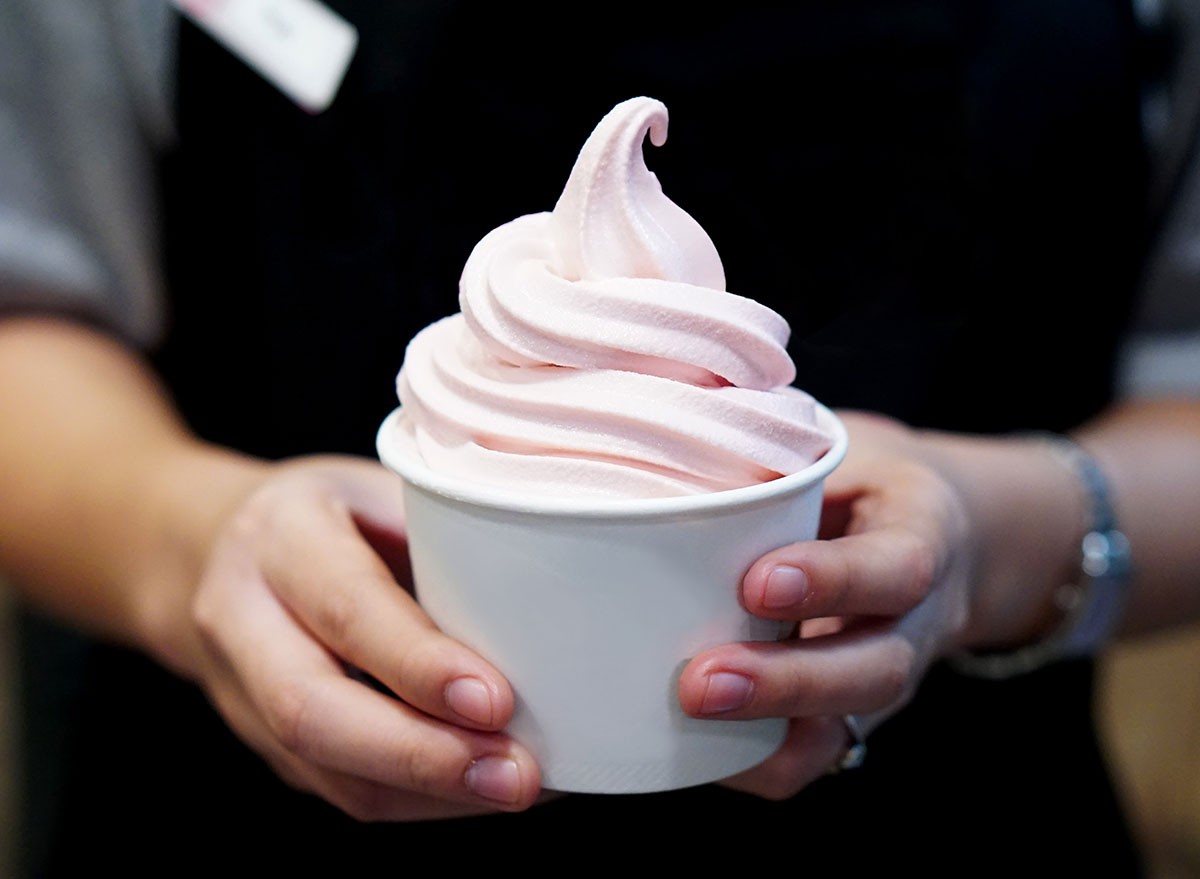
Frozen yogurt isn't a free pass because it's yogurt. "Often lower in fat than ice cream, but sugar can be really high, and therefore calories as well," says Collingwood.
Wraps & Flatbreads
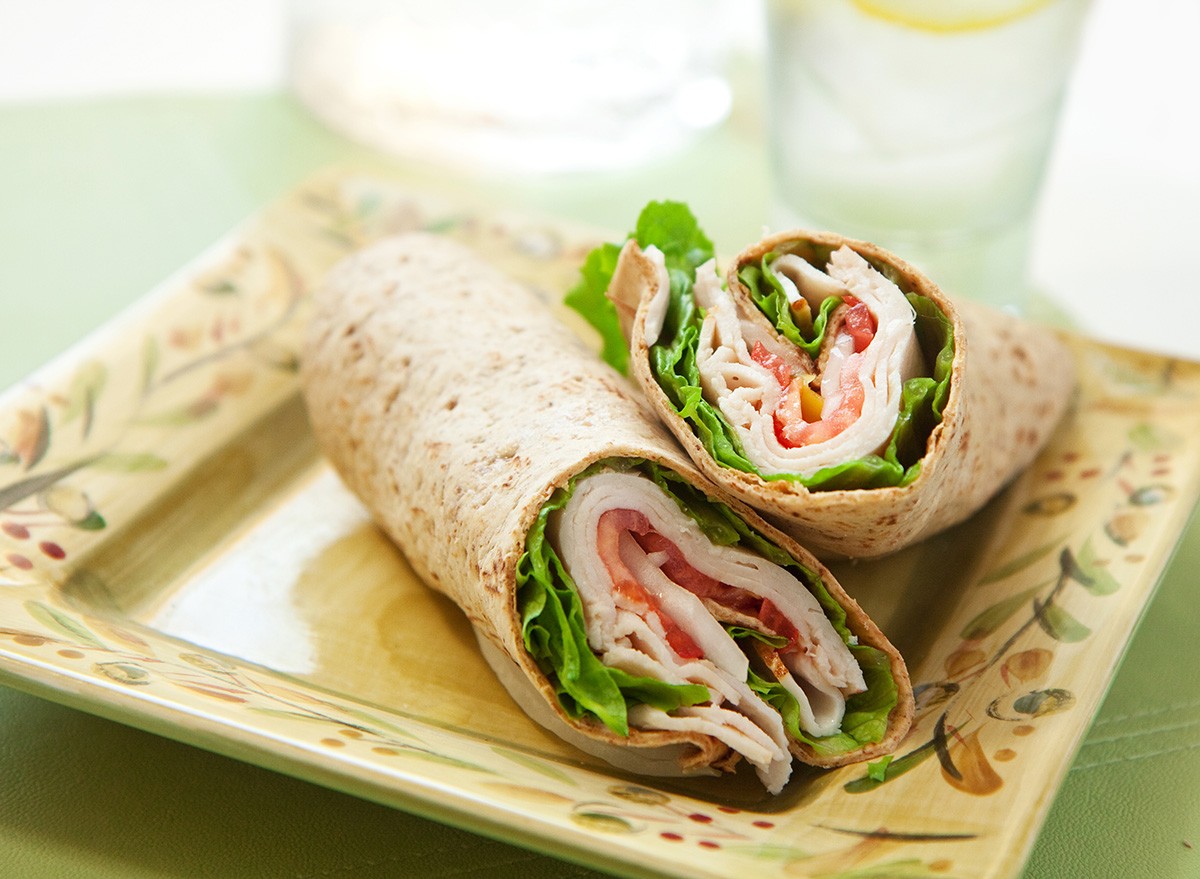
If you always opt for wraps and flatbreads instead of sandwiches, thinking they are healthier options, you might be mistaken. "People assume they're healthier than sandwiches, but most wraps have more calories than two slices of bread," Collingwood says.
Trail Mix
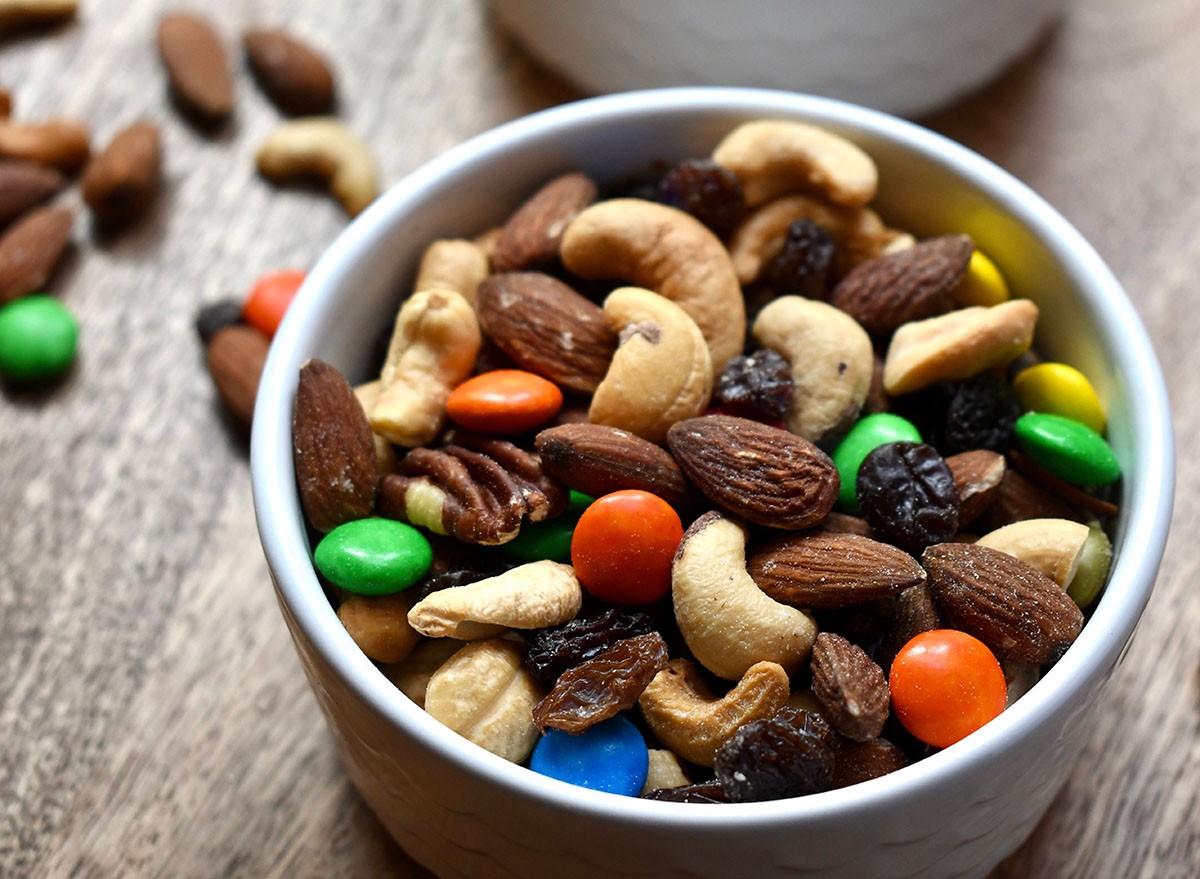
Another snack we grew up thinking was healthy? Trail mix. "Can be healthy… until you add chocolate, sugary dried fruit, and salty nuts," says Collingwood. And if you enjoyed this article, don't miss these 8 High-Protein Foods with Nearly Zero Calories That Melt Fat.




